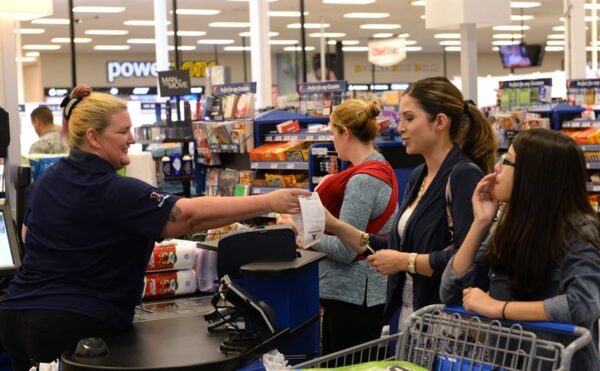A combination of increasingly savvy and demanding consumers coupled with disruptive, innovative businesses offering an ever widening range of in-store experiences has made the marketplace for creating an enticing in-store environment more competitive than ever.
As part of this, sensory marketing has become more and more popular – as this article explores. However, it is not just a marketing gimmick, with scientists estimating that we remember things based a lot on our senses, especially in terms of smell and taste.
Considering many of the reasons we buy products are actually due to subconscious desires, there may be more to sensory marketing than first meets the eye.
Welcome Scents
Smells are some of the most evocative elements when it comes to memory. One whiff of your mother’s perfume, for example can transport you back to childhood, or a smell of a type of suncream and you’re suddenly back on holiday. Brands can hook on to this by associating a particular fragrance with their products.
All About the Taste
This may be a bit trickier to pull off than smell, but taste is also hugely important, and it is certainly something food brands should consider using to greater effect.
The Sound of Music
We’re always listening, even while asleep, and music we love actually makes our bodies produce a happy chemical effect. So, used well, music really can lift your mood. Music for business is a great tool, and companies such as Mood media provide music for business and brands to help with their sensory marketing.
Touchy-Feely
We humans are a tactile lot, and actually there is good reason for this, as we learn a lot from touching something. How often have you reached out to feel a lovely top or dress to confirm the perceived quality of it?
It is not just touching products that helps, having an environment that is comfortable and relaxing can really affect us. Think soft, sumptuous chairs and cushions.
Seeing Is Believing
The vast majority of information we process from around us is through sight. It has long been a very important part of the in-store experience, but clever brands are taking this to the next level – for example, taking advantage of augmented reality and virtual reality software to produce experiences that are literally out of this world.

